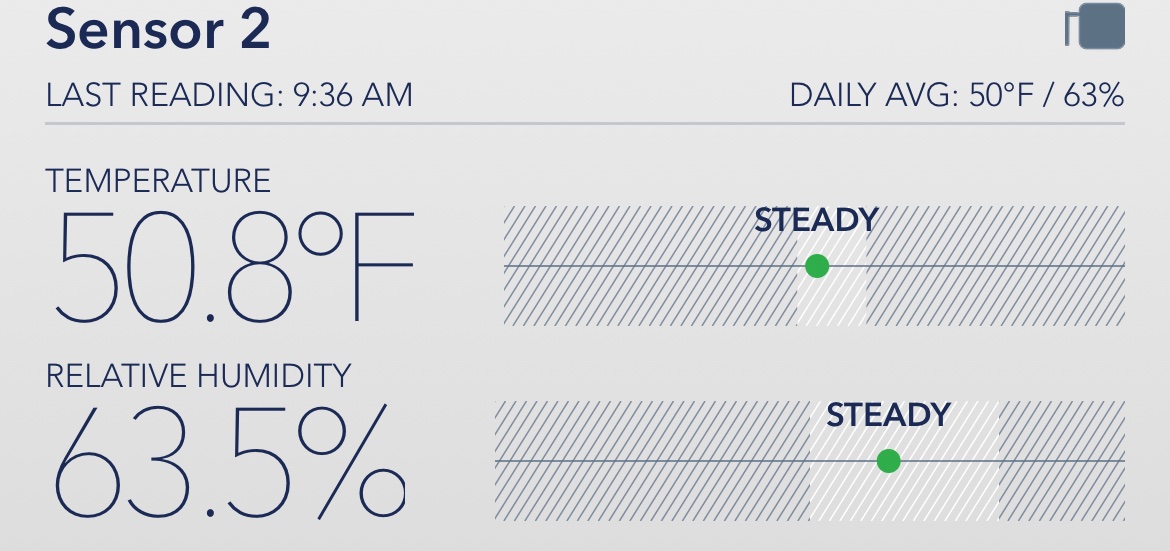I’ve always liked Greg Tatar’s contention that 55F only became the standard because that was standard cellar temperature in England. Seems plausible.
The answer to your question, I think, comes from tasting mature wines stored in different ways. No, it’s not a controlled experiment, but it does support the view that people fret waaaaay too much about temperature, at least for serious, structured reds.
At extremes, it makes a difference. I attended a blind, brown-bag tasting 20 years or so ago where where two people brought the same 10 or 15-year-old JJ Prum Auslese. They had split a case, so it was the same wine. One stored his in a closet in his NYC apartment, the other in proper storage. The latter was markedly fresher, but the closet wine was not cooked.
But, on the other side, in reds, circa 1994, someone served me a 1975 cru bourgeois (a Ch. Gloria, as I recall) that had been in the ground floor of his town house since release, without temperature control. It was very good for a 20-year-old wine of that category – no signs of degradation. And, over the years, I’ve picked up some auction wines that looked like they’d been abused (e.g., 83 and 84 Jaboulet Thalebert and regular Crozes-Hermitage) that drank beautifully at 20 years.
I keep my small under-the-counter wine cave at 60F. That was meant to be short and mid-term storage, and I figured why keep the compressor running. Well, some bottles have ended up in there for 10 years waiting for the right occasion, and I’ve never had a problem.
Even Champagne may be more rugged than supposed. I had a bottle of '90 Dom Perignon sat a storage facility for years where they lied about the AC, and it regularly got into the high 70s over the summers. The bottle languished there while I lived abroad, and then in the 60F kitchen unit, and I assumed it would be DOA. When I opened it three or four years ago, it was superb – no sign of mistreatment. And there were several Champagne lovers there who agreed. And it was mistreated!
My conclusion, based on anecdotal experience over nearly 40 years: The difference between 50F, 55F and 60F, or even 65F, would probably be very hard to discern blindly.
As for humidity, I’m skeptical that that makes a huge difference if the bottles are on their side. How many bottles have you ever encountered where the cork had shrunk at the top? That’s very rare. I think it would take many years of very low humidity, probably standing upright.
